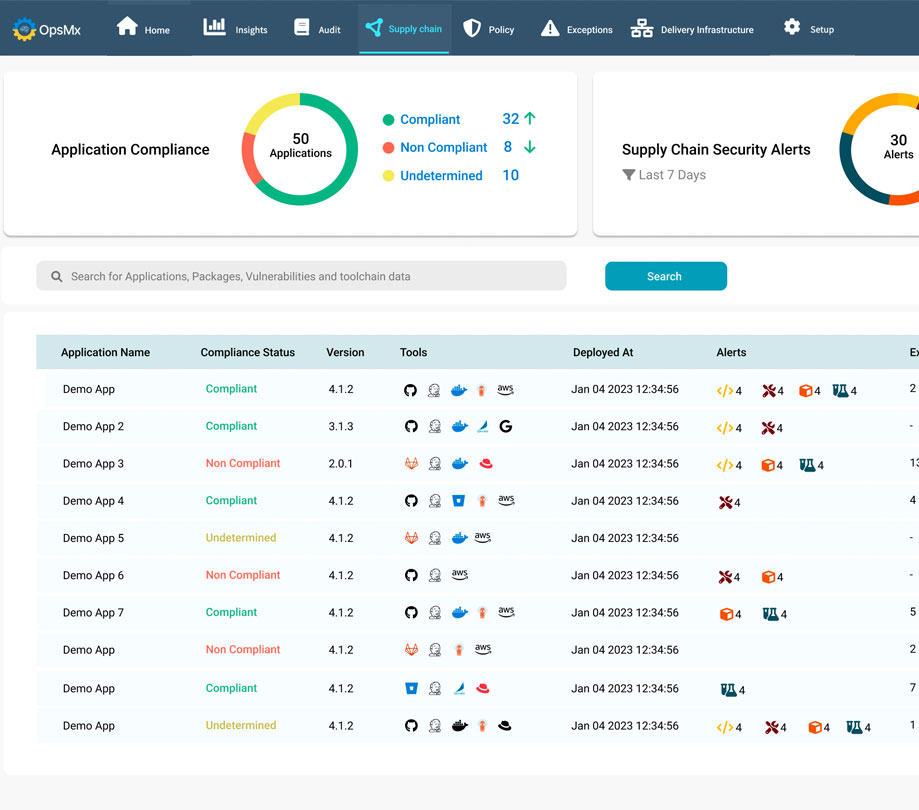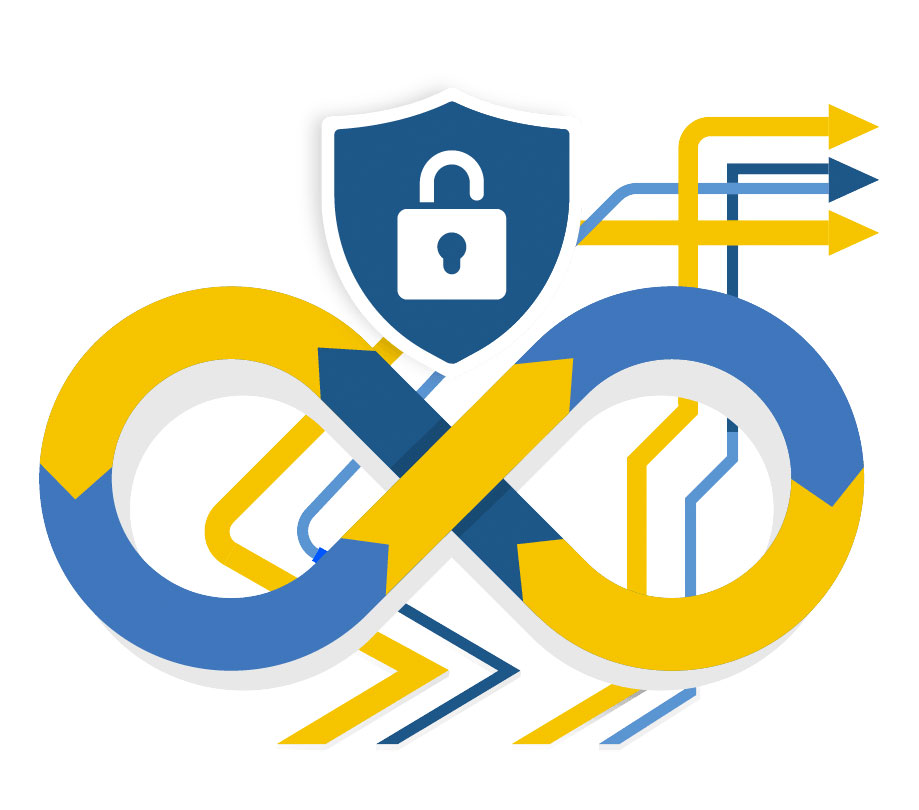Software delivery trends to watch for according to OpsMX
Tuesday, May 16, 2023

|
Gopinath Rebala |
Gopal Dommety and Gopinath Rebala from OpsMx discuss the top trends in software delivery this year, how GitOps has gone mainstream, the advancements in MLOps, why centralized observability across the application lifecycle has become actionable for vendors, and much more.
As businesses around the globe face ongoing economic uncertainty, most are focused on rapidly adapting to changing conditions and customer requirements. This means they must rapidly update the features and functionality of a variety of homegrown and customized software solutions used by employees and customers to power the business.
Trends to watch in software delivery this year
To be successful, they must dramatically accelerate the software delivery lifecycle without sacrificing security and reliability. This year, we will see the following five pivotal developments in software delivery as vendors seek to respond to this challenge.
1. GitOps goes mainstream, to the delight of development, security, and operations teams
In traditional continuous delivery (CD) workflows, which are based on a "push" model, the development team must initiate a deployment into production. This requires developers to understand the workflow and security issues, which often distracts them from their core focus and slows the software delivery lifecycle. GitOps, which is based on a "pull" model, automates code updates by detecting changes in Git, eliminating the need for developers to take on these additional workflow and security responsibilities. While great for developers, this model presents challenges for production environments because of the need for the ops and security teams to ensure the reliability of the software release. This year, we will see a variety of new intelligent GitOps tools that will bridge this gap, enabling developers to focus solely on coding while providing the organization with the controls it must impose. This will be a clear win-win, delighting developer, who can be far more productive while ensuring the ops and security teams can better protect their companies.

2. Comprehensive, centralized observability across the application lifecycle becomes actionable
In the face of mounting cyber threats and privacy regulations, businesses must gain actionable intelligence on the flow of data, based on a comprehensive observability capability through a single location. However, most organizations suffer from "tool sprawl" resulting from a rapidly evolving development environment, where new applications, data sets, and tools are constantly being introduced. This invariably leads to workflow complications, critical compliance issues, and lower productivity as teams struggle to log into the various tools and attempt to derive any meaningful insight regarding what is actually happening to the data. Frustration with this status quo is reaching a fever pitch, forcing vendors to respond with solutions that will automate rolling up insight from the variety of tools into a single dashboard that can provide actionable intelligence. Fortunately, vendors have access to advances in both DevOps and DevSecOps that will enable them to deliver on this critical need.

3. Vendors take responsibility for bringing "Know Your Supplier" to open source
Today, software solutions of every size and type rely on some open-source software, which means that open-source code is often used in establishing the foundation of production environments, including those that handle sensitive data. However, Know Your Supplier, a mainstay of the software supply chain, has been challenging to apply to open-source solutions because of the participatory nature of open-source development, which relies on volunteers who are not vetted in any systematic way. Enterprises clearly don’t have the expertise or resources to do this vetting themselves, so this year, vendors who provide enterprise editions of open-source software will rise to the challenge and provide the assurance that enterprises need around security and licensing risks.

4. Advances in MLOps finally deliver significant increases in DevOps productivity
In most industries, machine learning is all the rage, but so far, DevOps hasn’t been able to take advantage of it. But today, a soaring amount of data is being generated by an ever-increasing number of processes, and the introduction of MLOps may well be the only way to prevent application teams from drowning. Vendors will begin introducing machine learning into a growing number of development operations via point solutions. For example, ML can dramatically increase the accuracy of detecting application errors, workflow anomalies, and performance issues. It can help development teams determine which of the thousands of test cases they have on hand is the best to run in a specific situation. And it can enable predictions related to deployment times, helping teams determine whether application performance will meet the required criteria or if the deployment needs to be held back. On the security side, ML can help enforce best practices for developer manifests and coding.
5. Software delivery goes multi-cloud, supported by service mesh
A multi-cloud approach is critical as companies seek to prevent vendor lock-in, meet the diverse needs of different parts of their organizations, and optimize workloads for performance, cost, and security. However, the adoption of multi-cloud, federated Kubernetes application platforms has been held back because of security issues and the complexity of managing workloads across clusters. This is now changing thanks to the adoption of a multi-cluster service mesh and improvements in a federated architecture for Kubernetes. Service mesh enables horizontal scaling of Kubernetes beyond a single cluster while providing increased security, both in terms of built-in secure communications and the separation of application access controls. These capabilities enable multi-cloud to serve as a core production environment and the target destination for software delivery. As a result, we expect soaring adoption of multi-cluster Kubernetes.
The world now runs on software, and companies that want to keep pace with changing customer needs, competitive challenges and constant social and economic disruption must be able to dramatically accelerate the software delivery lifecycle.
Gopal Dommety is the CEO of OpsMx, a provider of intelligent continuous software delivery and deployment solutions. Gopal is a serial entrepreneur and technology visionary. Gopinath Rebala is the CTO of OpsMx, where he has overall responsibility for the automation, machine learning, and data processing architectures of the OpsMx platform.
Gopinath Rebala

This content is made possible by a guest author, or sponsor; it is not written by and does not necessarily reflect the views of App Developer Magazine's editorial staff.

Become a subscriber of App Developer Magazine for just $5.99 a month and take advantage of all these perks.
MEMBERS GET ACCESS TO
- - Exclusive content from leaders in the industry
- - Q&A articles from industry leaders
- - Tips and tricks from the most successful developers weekly
- - Monthly issues, including all 90+ back-issues since 2012
- - Event discounts and early-bird signups
- - Gain insight from top achievers in the app store
- - Learn what tools to use, what SDK's to use, and more
Subscribe here

_r2f0ox12.jpg&width=800)










